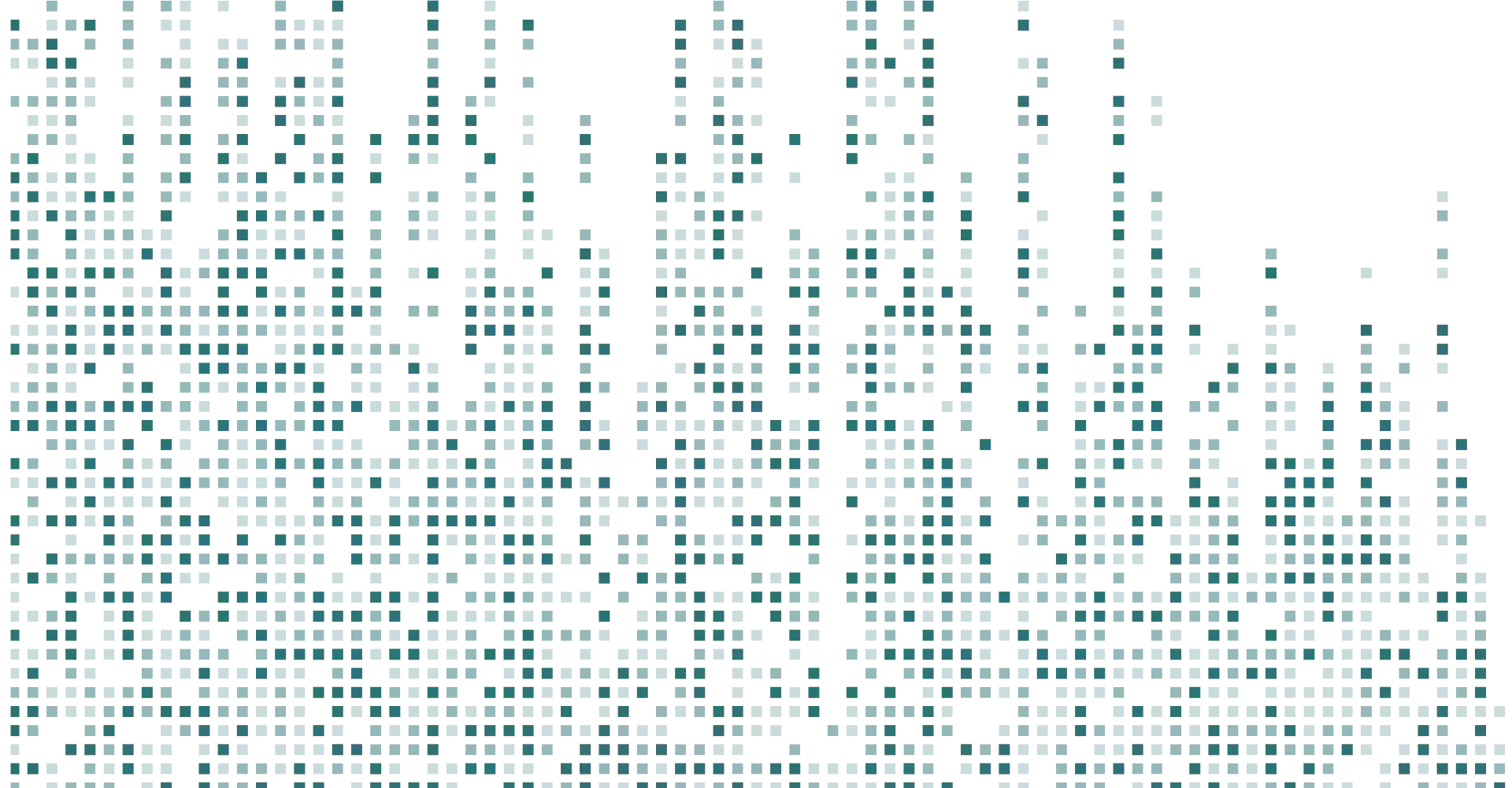 " alt="">
" alt="">

In an era where every second counts, large-scale businesses and sites have become increasingly reliant on the power of technology to manage their vast workforce. Amid this technological transformation, digital time and attendance systems have emerged as game-changers. These systems (also known as clocking in systems), leveraging the might of digital tools, have reshaped how businesses monitor, manage, and maximise their human resources.
Time and attendance systems, at their essence, serve to document the working hours of employees. From the rudimentary days of punch clocks and hand-written time sheets, we have transitioned to digital platforms equipped with advanced functionalities. These modern systems are more than just digital record-keepers; they offer integrative capabilities, melding with other enterprise systems to provide actionable business insights and drive operational efficiencies.
Consider an expansive manufacturing facility or a sprawling corporate campus. With a workforce ranging in the hundreds or even thousands, spanning multiple shifts and roles, tracking individual work hours manually would be an arduous task. Here’s where digital solutions come into play:
The narrative of time and attendance systems is a reflection of our drive for efficiency, precision, and adaptability.
Historical images might bring to mind employees queuing to punch their cards at the start and end of their shifts. Such manual systems, while effective for their time, were plagued with issues like buddy punching (where employees would clock in for their tardy colleagues), human errors, and a significant administrative overhead.
The digital evolution began with the introduction of electronic time clocks, which then progressed to computer-based time and attendance software. This shift not only streamlined the process but also began the era of data-driven workforce management. Digital platforms could store, process, and analyse vast amounts of data, laying the groundwork for advanced functionalities we see today.
With technological strides in cloud computing, mobile technology, and data analytics, digital time and attendance systems have become multifaceted tools:
The best digital time and attendance systems distinguish themselves not just by functionality but by the richness of the user experience they offer. Each feature, meticulously designed, serves to simplify and enhance the administrative processes.
In today’s digital age, a system’s interface can make or break the user experience. Modern time and attendance systems are crafted with the user in mind, ensuring that each interaction, from clocking in to querying discrepancies, is smooth and intuitive. The design principles largely echo those of familiar digital devices, easing the learning curve for users.
The ubiquity of touchscreen devices has set certain expectations for user interfaces. Drawing parallels to the experience of smartphones, many time and attendance systems offer touchscreen interfaces. Such an interface allows employees to interact with the system with the simple touch of a finger—be it to clock in, view schedules, or request time off. This tactile, direct interaction minimises errors and accelerates routine tasks.
In an increasingly mobile-first world, the integration of mobile applications with time and attendance systems has been a defining advancement. It enables employees to manage their work hours on the go. Rather than being tethered to a specific location, they can clock in from remote sites, view their time logs at their convenience, or even receive important notifications directly on their personal devices. This not only offers flexibility but also ensures that the process of time management adapts to the evolving work culture.
Modern businesses thrive on data, and time and attendance systems have risen to the challenge by offering sophisticated data analytics. By capturing and analysing data in real-time, these systems empower businesses with insights that can directly influence strategic decisions.
Delving into the historical attendance data can reveal patterns and trends. Advanced systems harness this data to predict future staffing needs. For example, if data indicates a surge in customer footfall in a retail store during specific seasons or days, the system can forecast this trend. Managers can then proactively adjust staffing levels, ensuring they’re adequately prepared to handle peak periods.
One of the perennial challenges businesses face is budgeting effectively for their workforce. By meticulously logging hours and correlating them with roles, tasks, or projects, digital systems provide an in-depth view of labour costs. Managers can understand where their budget is being expended and identify areas where optimisation might be necessary.
The move to the cloud signifies a shift from traditional on-premise systems to more versatile, secure, and scalable solutions.
Storing data on the cloud might raise concerns about security, but reputable cloud-based time and attendance systems prioritize data protection. From encryption standards to multi-factor authentication, these platforms implement rigorous security measures to guard against potential breaches or cyber threats. Regular data back-ups further ensure that, even in the event of unforeseen circumstances, sensitive data remains safeguarded.
One of the inherent advantages of cloud platforms is accessibility. No longer confined to on-site systems, managers or HR personnel can access the time and attendance system from virtually anywhere. Whether attending a conference, working from home, or even while travelling, the ability to oversee time logs, approve requests, or address any discrepancies ensures uninterrupted operations.
The adoption of digital time and attendance systems isn’t merely a nod to modernity; it carries a plethora of tangible benefits.
A foundational advantage of digital systems lies in their precision. Manual logging or older systems were often rife with discrepancies, be it due to honest errors or oversights. Digital systems meticulously record exact times, ensuring a transparent and accurate reflection of the hours an employee works.
While there’s an undeniable investment involved in the initial setup of a digital system, the returns are substantial. By automating many of the administrative tasks, businesses can reduce overheads. Moreover, the precise tracking ensures accurate payrolls, which in turn reduces disputes, potential legal challenges, or overpayments.
Labour laws can be intricate, varying significantly across regions or countries. Digital systems, with their programmable nature, can be tailored to adhere to these specific regulations. This ensures that businesses remain compliant, automatically accounting for stipulations related to overtime, mandatory breaks, or minimum wage.
At the heart of any business are its employees. An accurate and transparent time and attendance system fosters trust. When employees know their hours are reliably logged, and they’re compensated fairly for their efforts, it enhances their job satisfaction. This positive sentiment often translates to increased productivity and higher retention rates.
Embracing digital solutions, while transformative, can bring its own set of challenges.
Businesses, especially well-established ones, often have legacy systems in place, spanning HR, payroll, or other administrative functions. The introduction of a new time and attendance system necessitates a seamless integration with these existing infrastructures. Ensuring compatibility and a smooth data flow between systems can be a complex task that requires meticulous planning and expertise.
Introducing any new system can be met with apprehension or resistance from employees, especially those comfortable with older methods. It’s vital to offer comprehensive training sessions, create easily accessible tutorials, or provide one-on-one assistance. This ensures that the transition is smooth, and employees feel supported and empowered to use the new system effectively.
A hallmark of a robust digital system is its ability to scale. As businesses grow, they need systems that can accommodate this growth effortlessly. Whether it’s adding new employees, introducing new shifts, or integrating with additional business tools, the chosen time and attendance system should be future-proof and adaptive to evolving business needs.
Reach out to our specialist team today for more guidance on implementing a reliable and robust time and attendance system for your organisation.